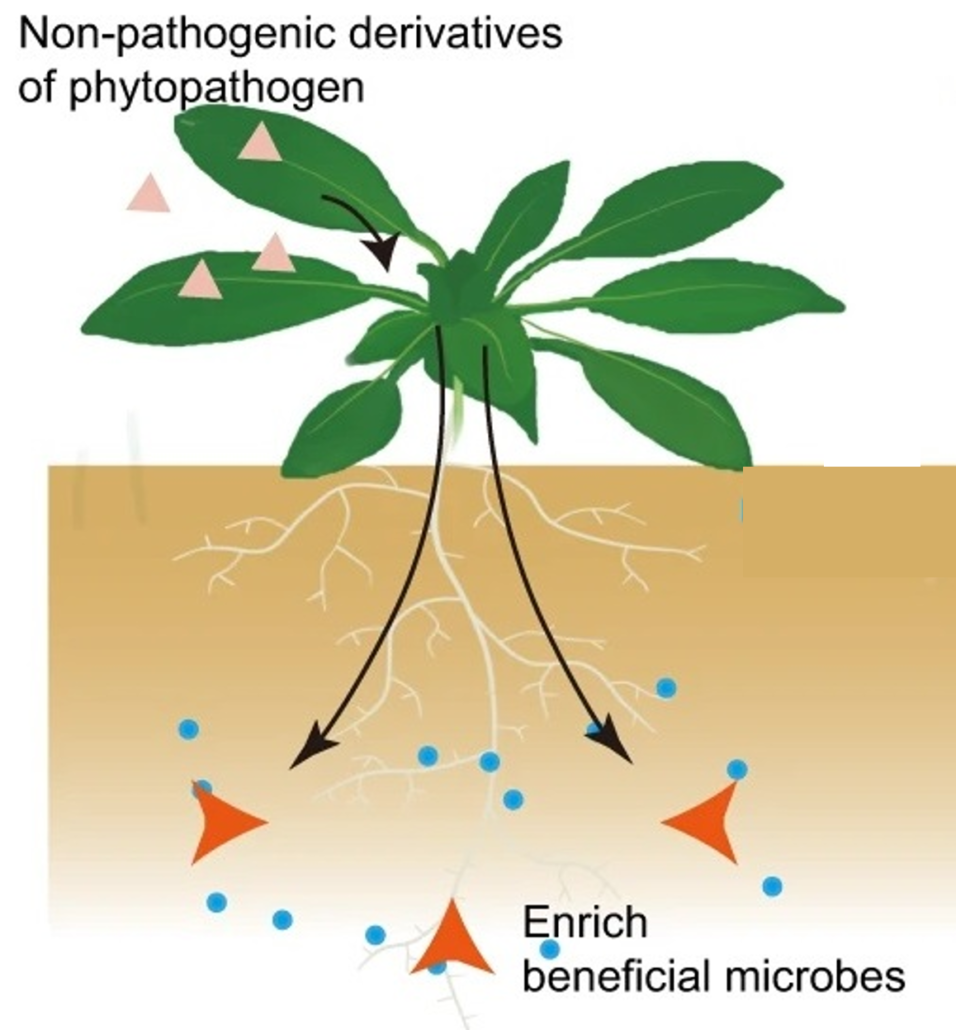
Induction of disease suppressive microbiome by non-pathogenic bacterial derivatives
Plant Science Research WeeklyPlants recruit beneficial microbiomes in the rhizosphere in response to aboveground pathogen infections, a mechanism known as “cry for help.” Zhang and Liu et al. investigated this effect to test whether pathogenicity is necessary for assembling a disease-suppressive rhizomicrobiome. By using nonpathogenic…
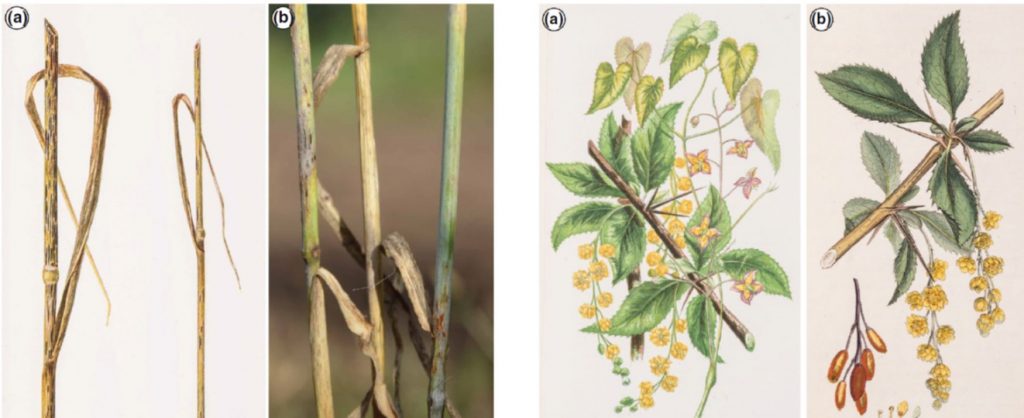
Review: Banishing barberry: The history of Berberis vulgaris prevalence and wheat stem rust incidence across Britain (Plant Pathology)
Plant Science Research WeeklyPuccinia graminis f. sp. tritici (Pgt) has a strange life strategy in that it requires two hosts to complete its sexual life cycle; wheat and barberry. In the absence of barberry, it reproduces clonally; clonal reproduction limits its ability to generate diversity and therefore its ability to evade plant…
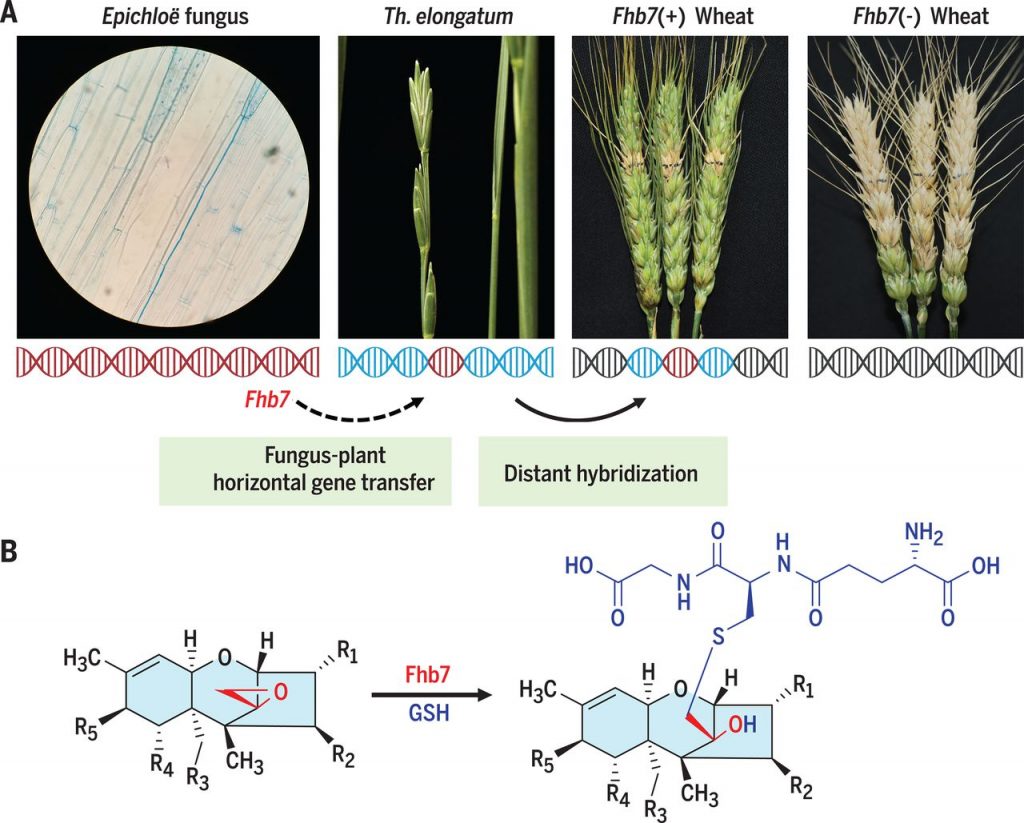
Horizontal gene transfer of Fhb7 from fungus underlies Fusarium head blight resistance in wheat (Science)
Plant Science Research WeeklyMycotoxins are fungal toxins with harmful health effects on humans and other animals. Fusarium head blight is a fungal disease of wheat inflorescences that can contaminate the grain and harm its consumers. Previously, Fhb7 was identified in the wheat relative Thinopyrum elongatum as a quantitative trait…
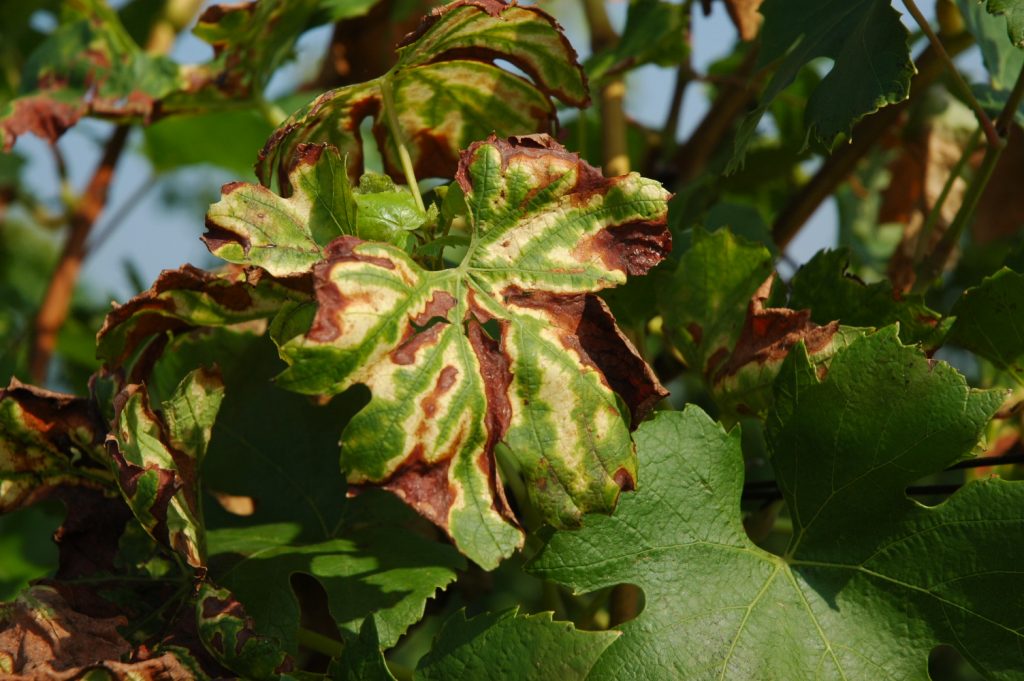
Exploring the hydraulic failure hypothesis of esca leaf symptom formation (Plant Phys)
Plant Science Research WeeklyEsca is a leaf scorch (necrosis) disease of grapevine that causes tremendous yield losses. Bortolami et al. have investigated the etiology of this condition, which is known to be a consequence of fungal pathogen infection. But how exactly does the fungal infection contribute to the observed symptoms?…

Pipecolic contributes to systemic acquired resistance in barley ($) (MPMI)
Plant Science Research WeeklySystemic acquired resistance (SAR) is a robust long-distance immune response mediated by a diverse contingent of candidate phloem-mobile signals that prime distal uninfected tissues for enhanced resistance to future infections. The lysine-derived catabolite pipecolic acid (Pip) has emerged as a key mediator…
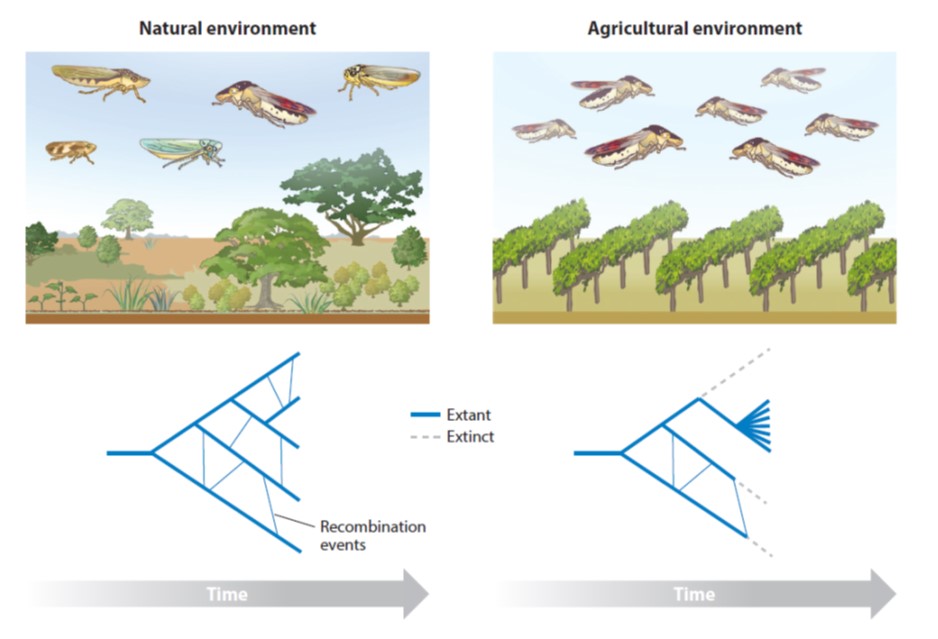
Review. Xylella fastidiosa: Insights into an emerging plant pathogen ($) (Annu. Rev. Plant Phytopathol.)
Plant Science Research WeeklyThe plant pathogenic bacterium Xylella fastidiosa occurs widely and often asymptomatically, yet it is associated with a few seriously bad disease outbreaks, the most recent affecting olive trees in southern Italy and adjoining regions. It also is the causal agent of Pierce’s Disease of grapevine, citrus…

